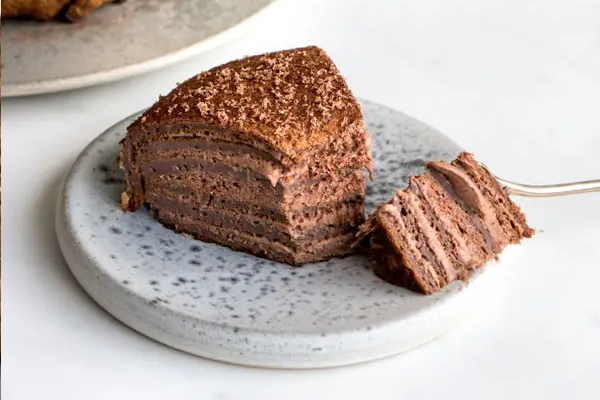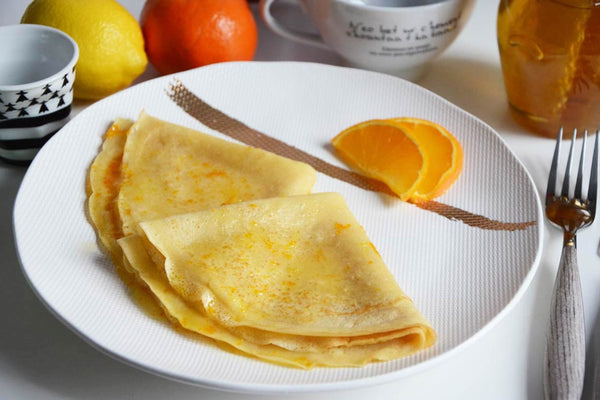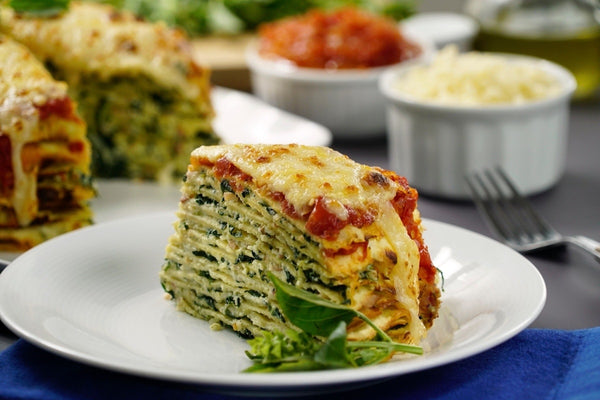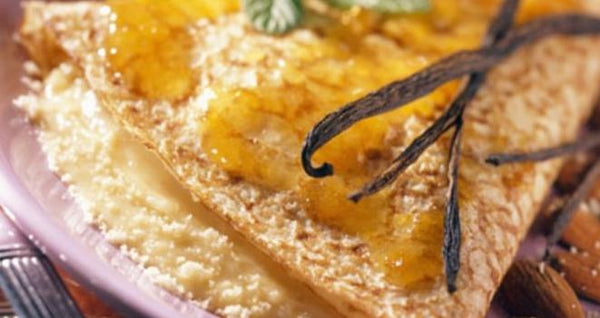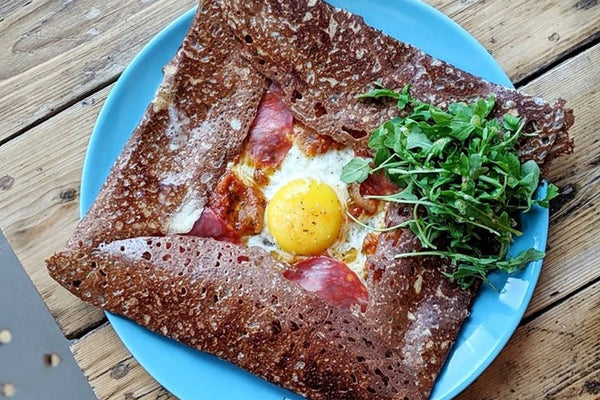Injera is a staple food in Ethiopian cuisine and is a sourdough flatbread made from teff flour. Traditionally, dark teff flour is used in injera making, as it has a stronger flavor and a darker color than white teff flour. However, in modern times, some injera recipes may use a mixture of dark and white teff flour or even just white teff flour, which has a milder flavor and a lighter color. The choice of teff flour used in making injera often comes down to personal preference and availability of ingredients.
According to Chef Yohanis Gebreyesus, author of "Ethiopia: Recipes and Traditions from the Horn of Africa," injera is an essential part of Ethiopian culture and is used not only as a utensil but also as a symbol of unity and community. Injera is often shared among diners, who use torn pieces of the bread to scoop up stews and other dishes.
There are different types of injera in Ethiopian cuisine, although teff flour is the main ingredient in all of them. Here are a few variations:
-
White Injera - This is a lighter version of injera made with a blend of teff flour and wheat flour or barley flour. It is less sour than the traditional 100% teff flour injera and is often served at breakfast.
-
Nech Injera - This is a sweeter version of injera that is made by adding honey or sugar to the batter. It is often served with spicy stews to balance out the heat.
-
Key Shir Injera - This injera is made with a combination of teff flour and barley flour. It has a milder flavor and is less sour than the traditional injera.
-
Serategna Injera - This type of injera is thicker and heavier than the traditional injera. It is made by mixing teff flour with other grains, such as sorghum or maize, and is often used as a base for meat dishes.
Each type of injera has its own unique flavor and texture, and is typically paired with different Ethiopian dishes depending on the occasion and personal preference. According to Jemal Beker, author of "Ethiopian Feast: The Crown Jewel of African Cuisine," injera is a versatile bread that can be eaten at any time of day and with any meal.
Sources & References:
- Gebreyesus, Yohanis. "Ethiopia: Recipes and Traditions from the Horn of Africa." Phaidon Press, 2019.
- Beker, Jemal. "Ethiopian Feast: The Crown Jewel of African Cuisine." CreateSpace Independent Publishing Platform, 2014.
